For truly nourished, hydrated, and protected skin, it’s important to care for it both on the inside with healthy food and lifestyle choices, and on the outside with natural skin care products and treatments. The great news is that you can cultivate or supplement your daily skin care routine (inside and out) with foods that you likely already have in your kitchen.
Today, we explore 5 of our favorite natural ingredients for skin from your kitchen.
1. Avocado

Avocados are also a source of complete protein (about 2 grams in one avocado half), as well as the minerals iron, magnesium, and potassium which nourish and fortify the skin’s acid mantle, and aid in nutrient absorption. They’re also an excellent source of vitamin E, vitamin C, and carotenoid antioxidants that protect and repair skin. Avocados have a creamy texture, which make them ideal for DIY face masks, as well as a delicious addition to salads, grain bowls, and smoothies. For these reasons, we love using avocado for skin.
2. Honey
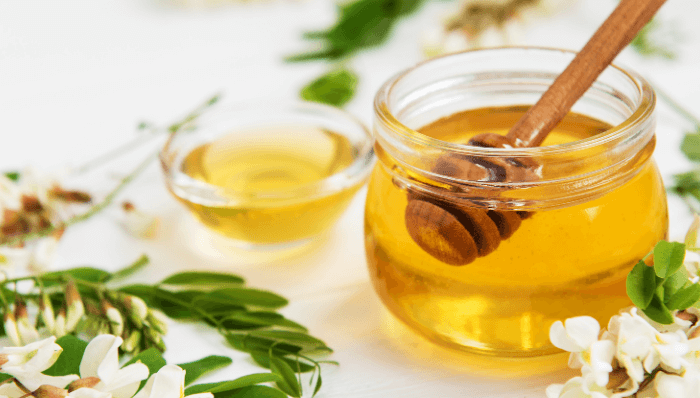
Honey’s main skin benefits, however, are its naturally occurring antimicrobial properties which can help balance the skin’s microbiome, and its naturally occurring enzymes and alpha hydroxy acids to support gentle exfoliation and a healthy skin pH. It’s important to use raw honey for skin, since the pasteurization process in conventional honey destroys the enzymes, antioxidants, and other beauty nutrients. You can use honey as a standalone facial cleanser or treatment mask, or incorporate it into another single-use DIY skin care product such as Dr. Cates’ Organic Honey and Tea Tree Cleanser on page 178 of Clean Skin from Within.
3. Oats

However one of the best reasons to use oats for skin is due to its demulcent property. Oats produce mucilage when they come into contact with water, which is a gel-like substance that soothes, nourishes, hydrates, and protects the skin. To use oats for skin, you can grind them into a fine powder or flour and mix them with honey, aloe, tea, or water as a gently exfoliating cleanser or face mask. You can also steep the oats in hot water as you would a tea, let it cool, strain out the oats, and then use the mucilaginous liquid leftover as a DIY toner or soothing facial compress. Dr. Cates offers several DIY recipes using oats for skin in Clean Skin from Within as well.
4. Yogurt
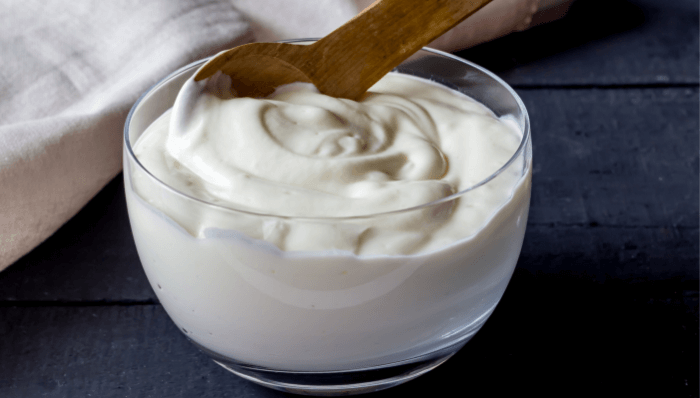
In addition to its probiotic benefits, yogurt is also a natural source of lactic acid, a larger molecule alpha hydroxy acid that gently exfoliates, while also increasing skin hydration and supporting a healthy pH. It is very easy to use yogurt for skin. Some options include blending it with other natural ingredients such as honey and powdered oats as a cleanser, or simply applying a thick layer of yogurt on its own as a hydrating, exfoliating, and moisturizing mask. The DIY skin care section at the end of Clean Skin from Within includes several recipes that incorporate yogurt. We recommend using organic, whole milk yogurt–raw if possible.
5. Papaya
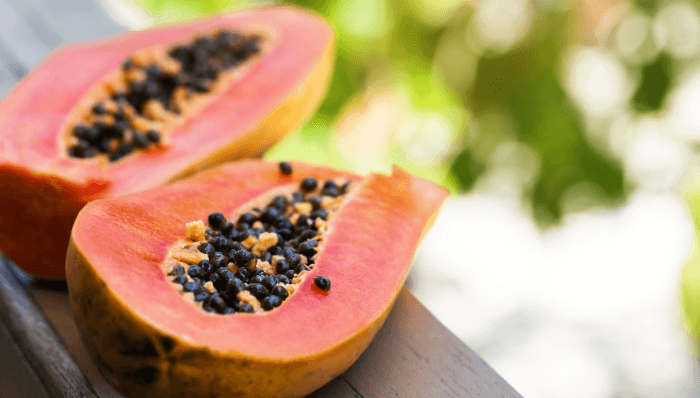
Take The Skin Quiz to learn your skin personality type.
When in doubt, either juice it or mash it up, and mix it with some of the other natural ingredients mentioned today for a highly nutritious DIY treatment mask. Using papaya for skin also helps to deliver a potent dose of Vitamins C and K, and carotenoid antioxidants that the skin can store and then convert to usable forms of Vitamin A when it needs it. In addition, papaya’s natural sugars function as prebiotics that feed the skin’s microbiome.
What natural skin care ingredients do you already have in your kitchen?
Your kitchen is chock-full of beauty nutritious fruits, vegetables, grains, and other highly beneficial foods to use topically, and consume internally for glowing skin. We encourage you to head to your refrigerator and pantry and take a quick inventory. Do you have any of the five foods from today’s blog post? If not, add them to your shopping list and pick them up on your next grocery run–they are all easy to find in most stores.
What foods do you already have in your kitchen that you can use for skin care? Tell us in the comments below!
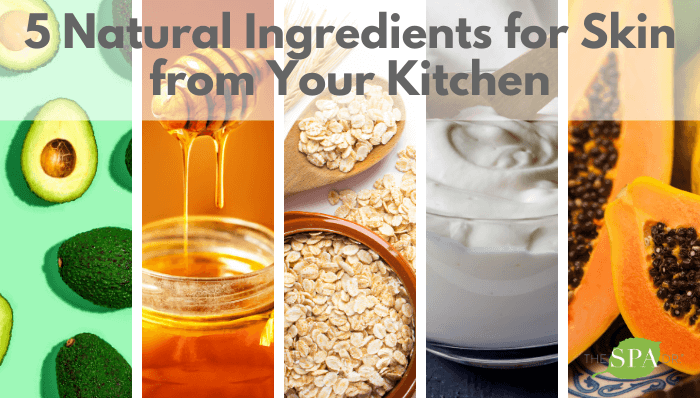
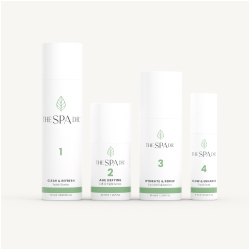
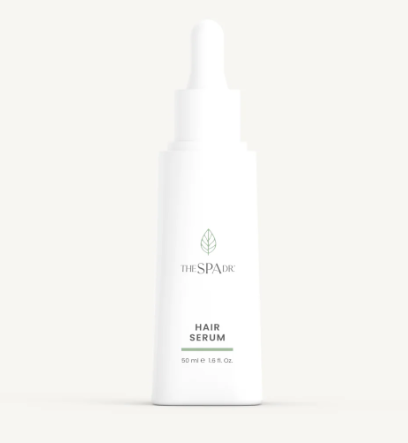
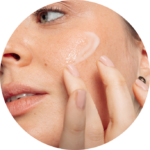



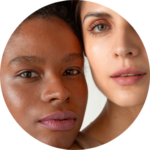
Reader Interactions